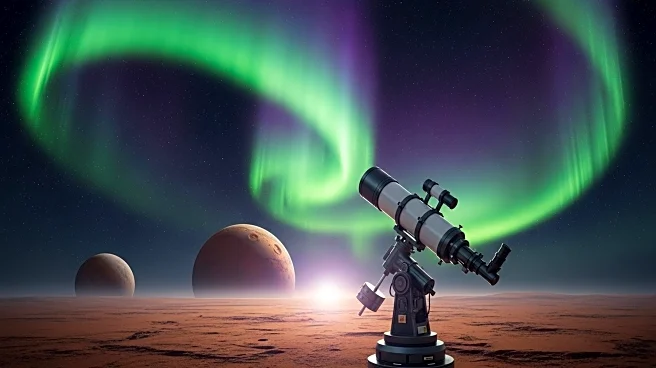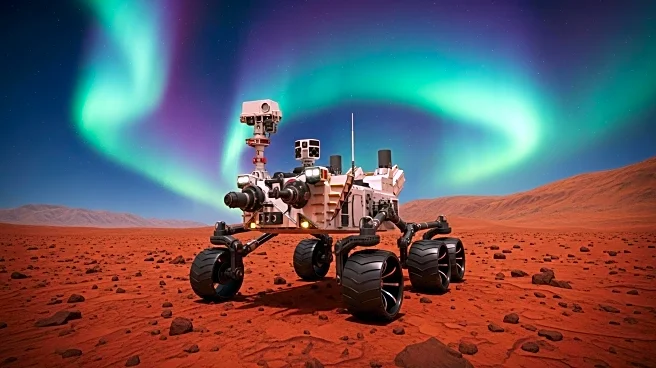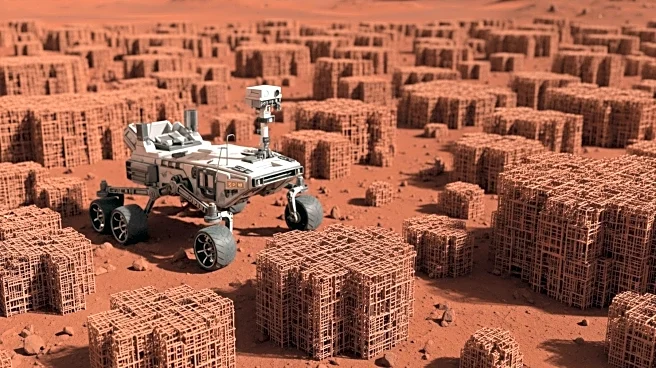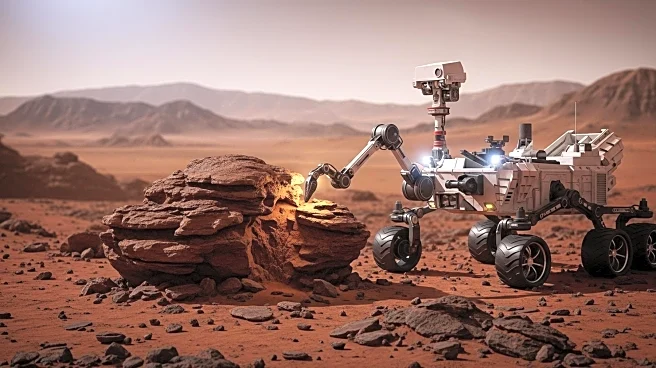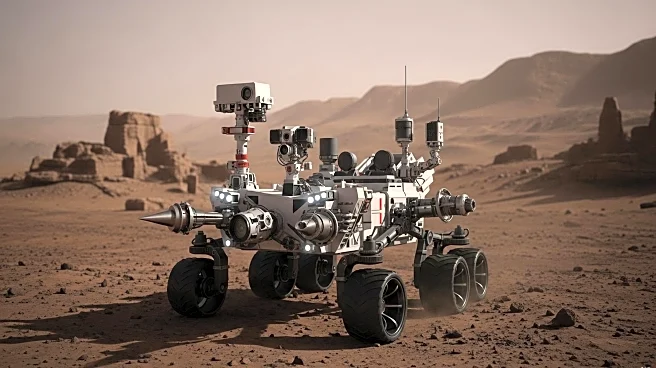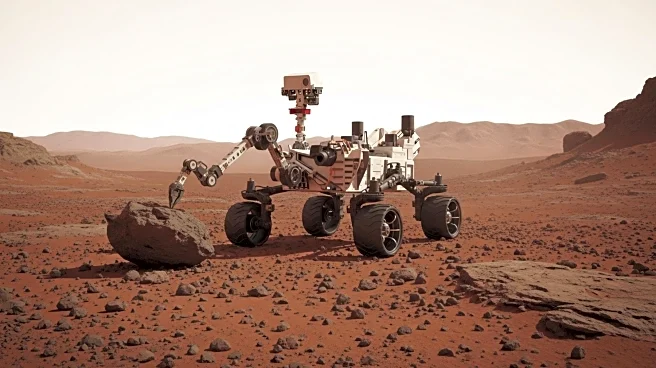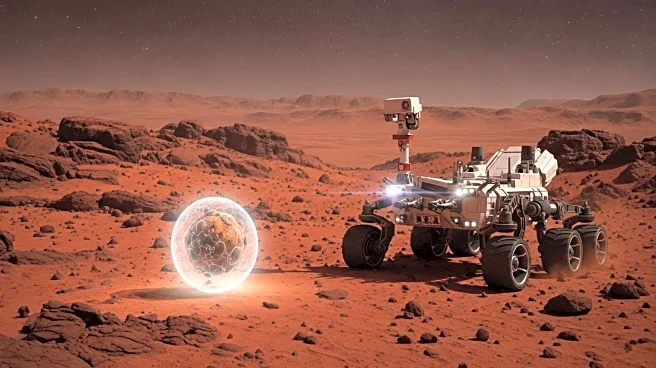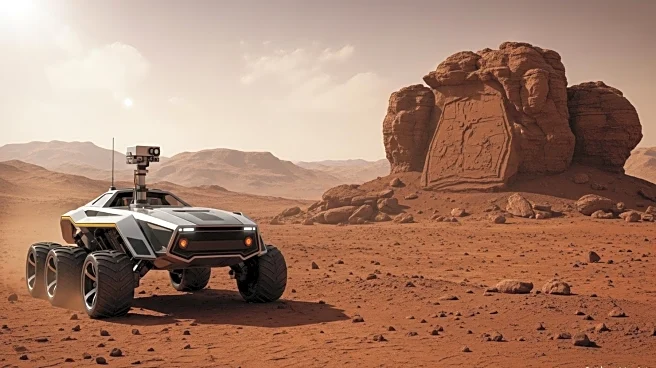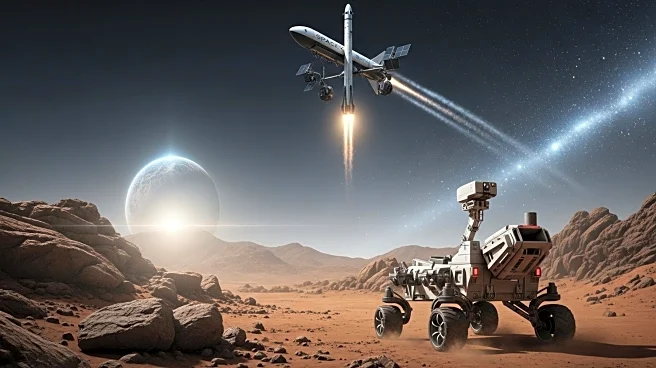What's Happening?
Scientists have developed a method to predict when auroras will appear in the Martian sky, a breakthrough that could provide future astronauts with crucial warnings about solar storms. These auroras occur when charged particles from the sun collide with atoms in Mars' atmosphere, causing a glow. Unlike Earth, Mars lacks a global magnetic field to direct these particles, resulting in a diffuse green light across the entire nightside sky. The Perseverance rover captured the first visible-light aurora on Mars in March 2024, marking a significant milestone in space exploration. At a recent conference, Elise Knutsen from the University of Oslo reported a second detection and introduced new forecasting tools. These tools involve programming the rover's cameras to monitor the sky following solar eruptions known as coronal mass ejections (CMEs). The success of this method was demonstrated by capturing two instances of Martian auroras, although not every CME resulted in a visible display.
Why It's Important?
The ability to predict Martian auroras is significant for the safety of future manned missions to Mars. Solar storms, which cause these auroras, also release harmful radiation that could pose a threat to astronauts. By forecasting these events, mission planners can provide timely warnings, allowing astronauts to take protective measures. This development enhances our understanding of Martian atmospheric phenomena and contributes to the broader field of space weather prediction. It also underscores the importance of continued investment in space exploration technologies, which can yield practical benefits for human space travel.
What's Next?
The next steps involve refining the prediction models to increase their accuracy and reliability. Researchers will continue to monitor solar activity and its effects on Mars, aiming to gather more data to improve forecasting methods. This ongoing research will likely involve collaboration with other space agencies and the use of additional instruments to validate findings. As the technology advances, it could be integrated into future Mars missions, providing a critical tool for ensuring the safety of astronauts on the Red Planet.
Beyond the Headlines
This development highlights the broader implications of space weather research, which is becoming increasingly relevant as humanity prepares for long-duration space missions. Understanding and predicting space weather events is crucial not only for Mars exploration but also for protecting satellites and other space-based infrastructure from solar radiation. The research also contributes to our knowledge of planetary science, offering insights into how solar activity affects different celestial bodies.

